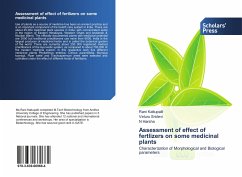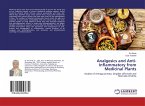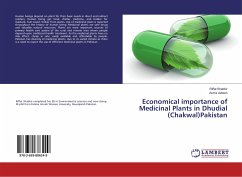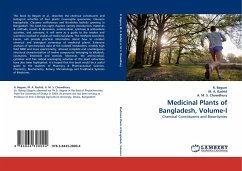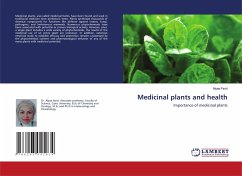Use of plants as a source of medicine has been an ancient practice and is an important component of the health care system in India. There are about 45,000 medicinal plant species in India, with concentrated spots in the region of Eastern Himalayas, Western Ghats and Andaman & Nicobar Island. The officially documented plants with medicinal potential are 3000 but traditional practitioners use more than 6000. India is the largest producer of medicinal herbs and is called the botanical garden of the world. There are currently about 250 000 registered medical practitioners of the Ayurvedic system, as compared to about 700,000 of the modern medicine system. In this respective work five different medicinal plants Phyllanthus emblica, Citrous aurantiifolia, Murraya koenigii, Piper betle and Trachyspermum ammi were selected and cultivated under the effect of different kinds of fertilizers.
